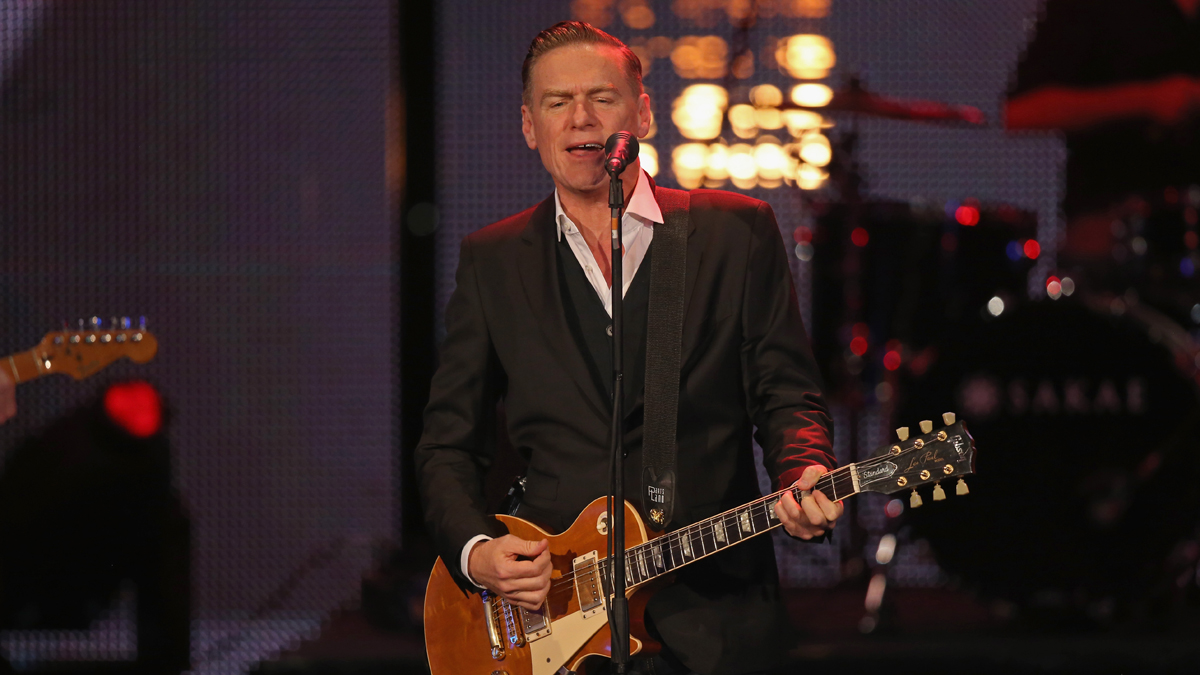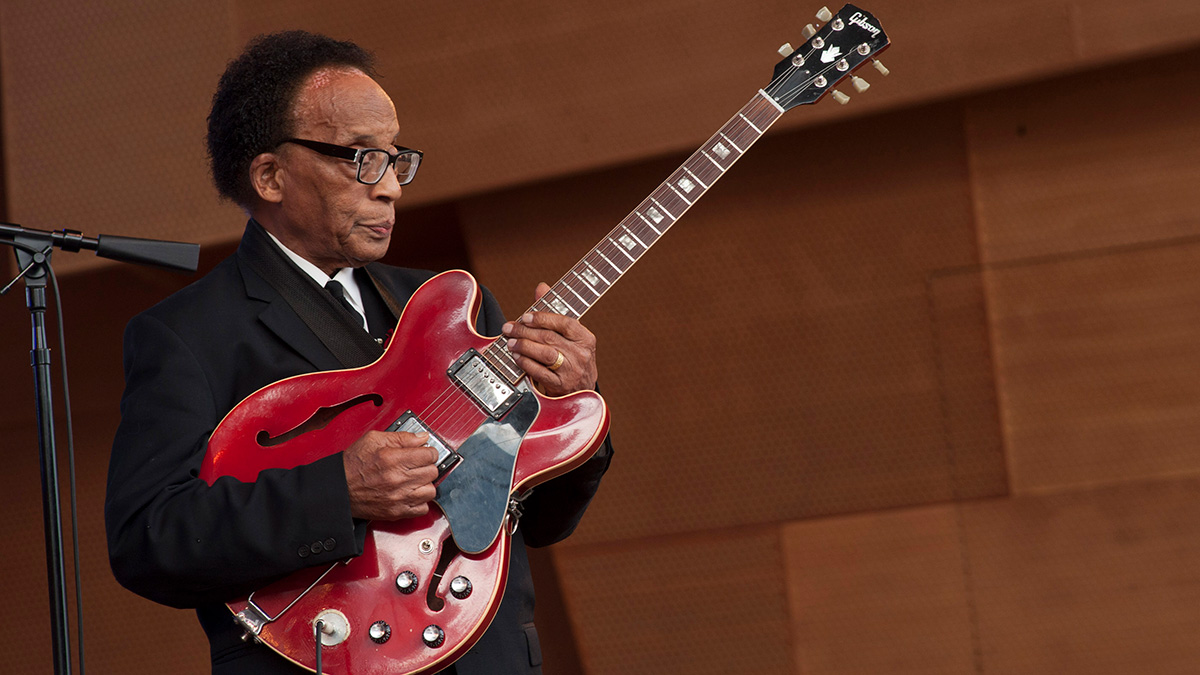
As far as song openings go, Bryan Adams’ Summer of '69 is up there with the greatest earworms. One listen is all it takes, and for the rest of your days you’ll recognize those infectious gain-tinged D powerchords from afar and the singalong-inducing lyrics they precede: “I got my first real six-string / Bought it at the Five and Dime”.
It’s one of Adams’ most famous lyrics, but it’s one that has thrown up a string of questions for guitar fans, not least the identity of this fabled “first real six-string”.
So, what was Adams’ first guitar, and did he get it at a five and dime? Heck, did he even buy it in the summer months of 1969?
Speaking to Guitarist's David Mead ahead of his upcoming solo album, So Happy It Hurts, Adams spilled the beans and finally revealed all.
"I bought an imitation Les Paul at a Five and Dime store in Ottawa, Canada, in 1971,” Adams recalled. “Before that, I had an imitation Strat which I bought in Reading, England in 1970.
“It felt real at the time to have a Les Paul, even though I'm a massive Ritchie Blackmore fan – still am. I was heavily into Humble Pie's Rockin’ The Fillmore album at the time, and both Peter Frampton and Steve Marriot were on Les Pauls. It's rock guitar heaven, that album."
There you have it, folks. Although a Strat was technically his first guitar, Adams' first real six-string was, in his own eyes, an imitation Les Paul, and yes, it was bought at a Five and Dime. Mystery solved.
Get The Pick Newsletter
All the latest guitar news, interviews, lessons, reviews, deals and more, direct to your inbox!
Adams' early preferences for Les Paul and Stratocaster-style guitars are unsurprising. Throughout his career, the Canadian rocker has usually been seen on stage almost exclusively with LPs and Strats.
Adams also has a history with the odd Gretsch guitar, and even donned one for live versions of Summer of '69 back in 1993 and 1996.
Another Gibson model, the ES-295, has also been extensively used by Adams, who recently made the hollowbody – along with a vintage ‘60s Stratocaster – the centerpiece of his live setup. That, along with a 1940s Martin D-18.
However, his admission contrasts somewhat with a recollection offered by Jim Vallance, who co-wrote Summer of ‘69 with Adams back in 1984. According to a post on Vallance’s website, “Despite what the lyric says, neither Bryan or I ever bought a guitar at the Five and Dime.”
The post also unpicks the somewhat troubled history of the track, which Vallance says was almost cut from Reckless – the album on which it first featured – entirely.
“On our very first basement demo of Summer Of '69 we started the song with the 12-string riff, exactly like the breakdown section in the middle of the song,” he recalled. “But on subsequent demos we replaced the 12-string with a chunky six-string intro.
“In fact,” Vallance continued, “we toiled over the musical arrangement for several weeks, maybe longer. We recorded the song three or four different ways, and we still weren't convinced we had it right! Bryan even considered dropping the song from the Reckless album, and I agreed.”
Thankfully, the pair came to their senses and left it alone on the Reckless tracklist. A wise decision, in hindsight.
Bryan Adams' new solo album, So Happy It Hurts, is available to preorder now ahead of its March 11 release.

Matt is the GuitarWorld.com News Editor. He has a Masters in the guitar, a degree in history, and has spent the last 16 years playing everything from blues and jazz to indie and pop. When he’s not combining his passion for writing and music during his day job, Matt records for a number of UK-based bands and songwriters as a session musician.
“His songs are timeless, you can’t tell if they were written in the 1400s or now”: Michael Hurley, guitarist and singer/songwriter known as the ‘Godfather of freak folk,’ dies at 83
“The future is pretty bright”: Norman's Rare Guitars has unearthed another future blues great – and the 15-year-old guitar star has already jammed with Michael Lemmo











